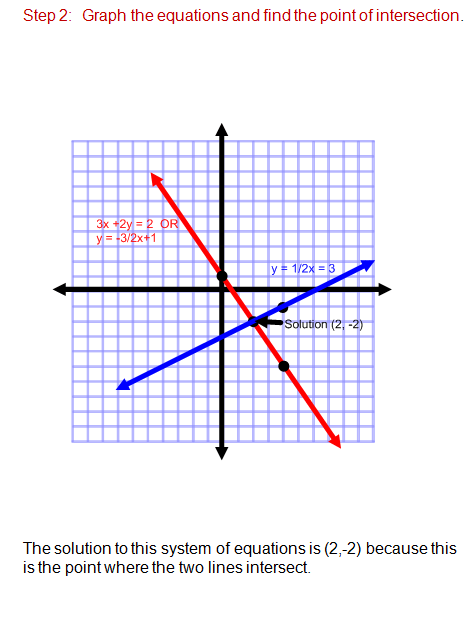End Behaviors
The degree of an equation tells you how many times on the graph the line is going to turn.The number of turns the line has will be one less than the degree of the equation.
I.e. a 3rd degree equation would have 2 turns
A monomial is a 0 degree constant.
A 1st degree equation is a linear equation and it is known as a binomial.
A 2nd degree equation is a quadratic equation and is known as a trinomial.
A 3rd degree equation is a cubic equation and is a quadrinomial.
A 4th degree equation is a quartic equation and is a polynomial.
A 5th degree equation is a quintic equation.
________________________________________________________
When the term Domain is used it applies to X values
The term Range applies to the Y values
- Domain → +∞, Range → +∞ (rises on the right)
- Domain → -∞, Range → -∞ (falls on the left)
- Domain → -∞, Range → +∞ (rises on the left)
- Domain → +∞, Range → -∞ (falls on the right)
- Domain → +∞, Range → +∞ (rises on the right)
- Domain → -∞, Range → -∞ (falls on the left)
- Domain → +∞, Range → -∞ (falls on the right)
- Domain → -∞, Range → -∞ (falls on the left)











